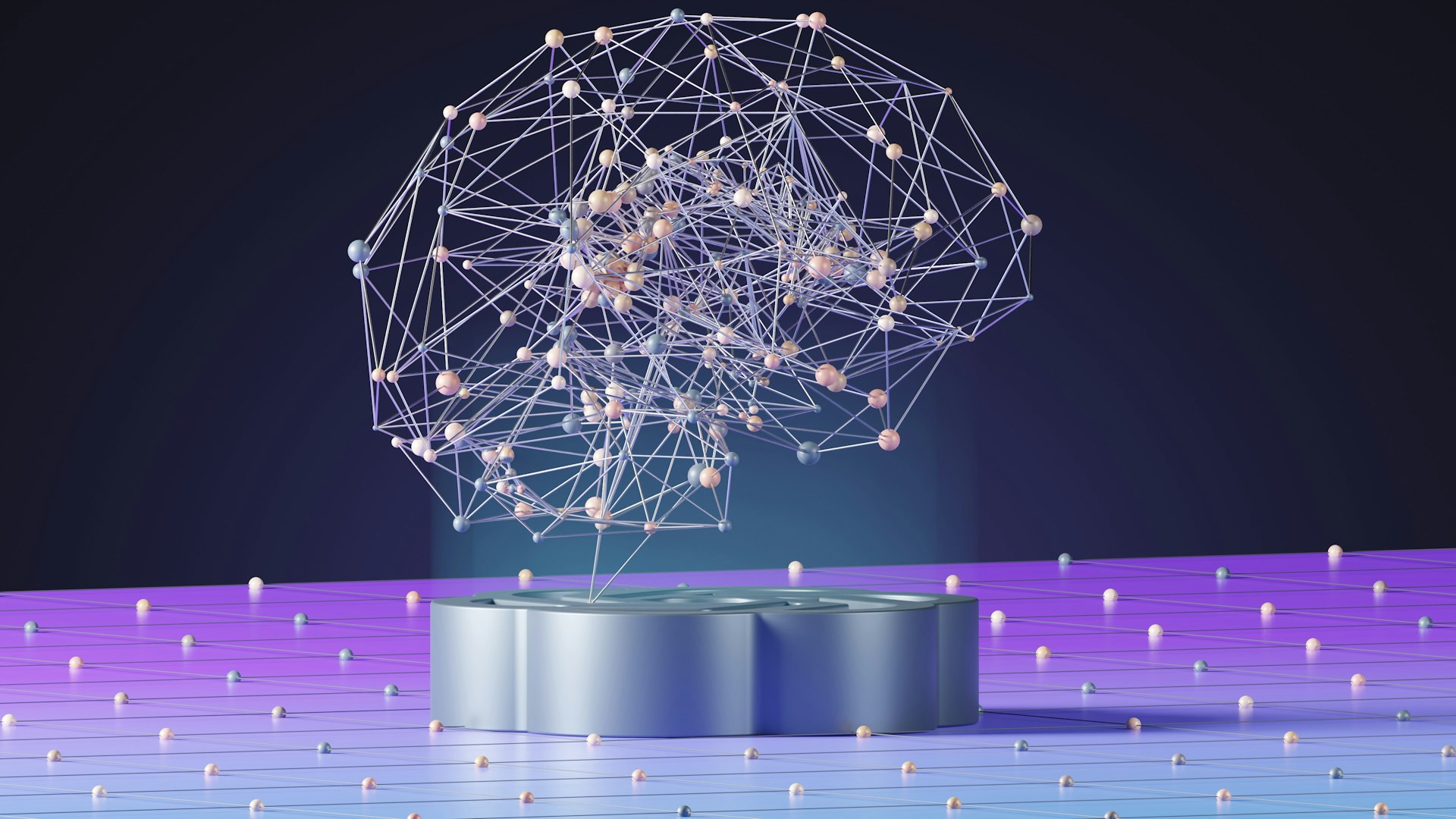Stability AI has provided an early glimpse of its latest generative AI model, Stable Diffusion 3.0, designed for creating text-to-image outputs. This new model represents a significant leap forward in the company’s ongoing efforts to refine image generation capabilities, marking an evolution from previous releases.
Over the past year, Stability AI has continually improved its image models, each new version surpassing the previous one in terms of sophistication and quality. The release of SDXL in July made notable strides in enhancing the basic Stable Diffusion model, delivering better image precision and quality. Now, with Stable Diffusion 3.0, the company aims to take these advancements even further.
The main focus of Stable Diffusion 3.0 is to enhance image quality, especially when generating visuals from multi-subject prompts. Additionally, the model brings substantial improvements in typography, addressing a major challenge that earlier versions faced. Accurate and consistent text within generated images has been a known weakness in Stable Diffusion, something that competitors like DALL-E 3, Ideogram, and Midjourney have been working on with their own recent upgrades. Stable Diffusion 3.0’s enhanced typography capabilities aim to set a new standard in this area.
The new model is being developed in various sizes, ranging from 800 million to 8 billion parameters, enabling users to choose the most suitable model based on their needs.
However, what truly sets Stable Diffusion 3.0 apart is its architecture. Unlike its predecessors, which were based on traditional diffusion models, this version introduces a diffusion transformer. According to Emad Mostaque, CEO of Stability AI, this architectural shift positions Stable Diffusion 3.0 as the true successor to the original model. It’s a significant step forward, similar to advancements made by other leading AI research organizations, including OpenAI’s Sora model.
Transformers have been the foundation of many generative AI innovations, particularly in text generation. While image generation has predominantly been the domain of diffusion models, the introduction of diffusion transformers in Stable Diffusion 3.0 represents a merging of these two powerful approaches. A research paper that outlines Diffusion Transformers (DiTs) describes how this new architecture replaces the U-Net backbone typically used in diffusion models with a transformer that works on latent image patches. This new method is not only more efficient in terms of computational resources but also delivers superior performance compared to other diffusion-based models.
Another key innovation in Stable Diffusion 3.0 is the introduction of flow matching. Flow matching is a method that enhances the training of Continuous Normalizing Flows (CNFs) to better model complex data distributions. Research on this technique indicates that by utilizing Conditional Flow Matching (CFM) with optimal transport paths, the training process becomes faster, sampling becomes more efficient, and the overall performance improves significantly when compared to traditional diffusion paths.
This combination of diffusion transformers and flow matching marks a significant transformation in the way Stability AI generates images, pushing the boundaries of generative AI capabilities and solidifying Stable Diffusion 3.0 as a breakthrough in the field.
With these advancements, Stability AI is well-positioned to challenge its competitors in the ever-evolving landscape of generative AI, as it continues to innovate and redefine what’s possible in text-to-image generation.
